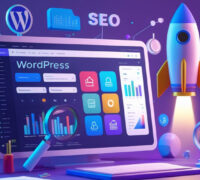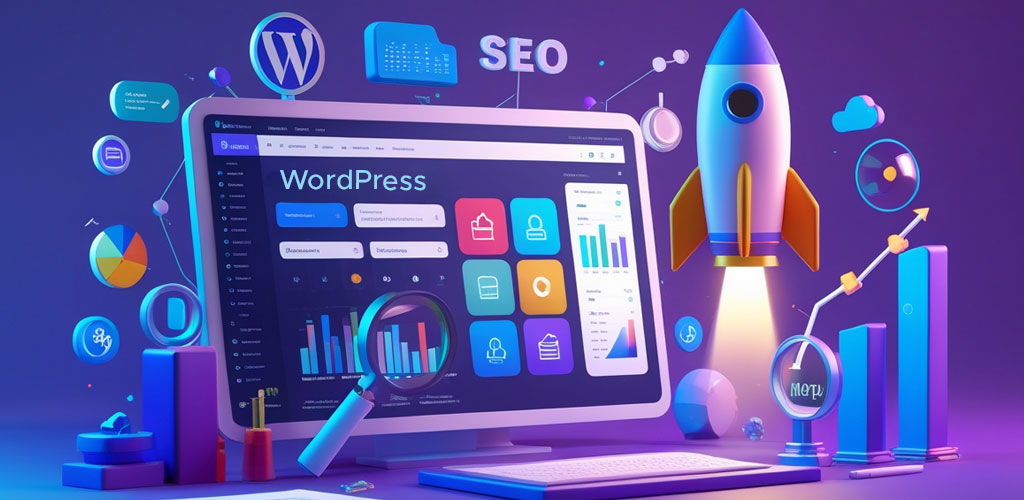Introduction
SEO is not the same game it used to be. Earlier, brands focused only on optimizing keywords, fixing title tags, and adding backlinks. But search engines have evolved. Google now looks at how well your entire digital ecosystem works together. This shift means SEO is no longer about doing one task better. It is about managing multiple elements at the same time. This new mindset is what separates average websites from true digital leaders.
The Old SEO Approach Isn’t Enough
Traditional SEO focused on ranking a website by targeting selected keywords and adjusting content around them. It worked when algorithms were simple. Today, search engines track user behaviour, expertise of content, page experience, and brand reputation. If a website only optimizes keywords but ignores user experience, content depth, or authority, it cannot grow consistently. This is why the old optimization-only mindset fails in the modern search landscape.
SEO As a Connected System
Search engines now prefer websites that provide a complete, seamless experience. Every element matters, from how fast a page loads to how trustworthy the information is. SEO today works like a system, where content, design, technical performance, and user signals blend together. The stronger the system, the higher the search visibility. Thinking of SEO as parts working together instead of isolated tasks helps businesses stay ahead.
Content Must Work With Strategy
Good content alone cannot improve rankings if it is not connected to a clear strategy. Your articles, service pages, and landing pages must support your business goals. Content should answer real user questions, demonstrate expertise, and guide visitors naturally toward conversions. When content follows a planned structure instead of random posting, search engines trust the website more.
User Experience Is Now a Ranking Power
Google rewards websites that make visitors stay longer and interact more. If your site loads slowly, looks confusing, or feels outdated, users leave quickly. This creates a negative signal for search engines. A well-designed interface, clean layout, and smooth performance improve engagement. When users enjoy your website, your SEO improves without complicated techniques.
Brand Authority Drives Real Results
Search engines want to show trustworthy brands. This means your online presence outside your website also matters. Mentions on other websites, expert profiles, genuine reviews, and social signals all contribute to your authority. A brand that appears reliable everywhere naturally ranks better. Building authority requires consistent effort rather than shortcuts.
Data and Tools Guide Better Decisions
Modern SEO is guided by data, not guesswork. Analytics help you understand what your users want, which pages perform well, and what needs improvement. Tools show which keywords bring conversions, not just traffic. When you use data to plan your SEO actions, your results become predictable and sustainable.
SEO Is Now Orchestration
The future of SEO is about managing everything together. Content creation, technical tuning, UX improvements, authority building, analytics, and user signals all need harmony. Just optimizing one part is no longer enough. Orchestration ensures growth because every part supports the other.
Conclusion
SEO has moved far beyond basic optimization. Today, success comes from combining strategy, content, experience, and authority into one smooth system. When all elements work together, search performance improves naturally. Instead of focusing on single tasks, think like a conductor guiding an orchestra. That is what modern SEO truly is.










